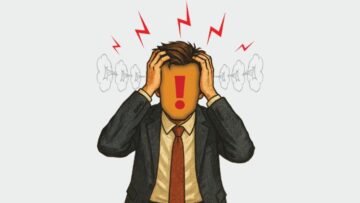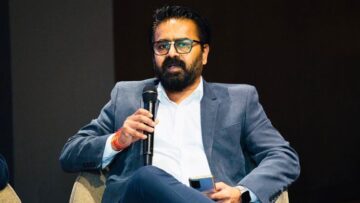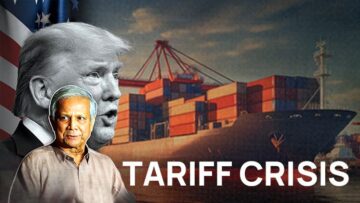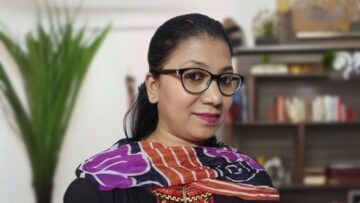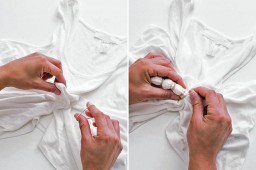
Having first emerged on the global fashion stages during the 60s, the tie & dye effect has never really faded from the look-books of leading fashion retailers. As product development teams continue to experiment with varied printing techniques, ‘tie & dye’ has become a staple value addition for Indian exporters. However, be it the effect of over-dyeing, dip-dyeing, tinting or wrinkling, tie & dye effects are no longer constrained to being produced through conventional methods in craft clusters. It can now easily be recreated through printing technologies. The promising advantages that follow when using rotary screen, flatbed or digital printing for tie & dye include shorter lead times, impeccable reproducibility and better costs. Moreover, given the immense amount of water wasted and rendered unusable during the manual tie & dye process, a printed option of the same is always more sustainable.
Presently, there are printers who debate that while it costs anywhere between Rs. 45-50 to get a metre of fabric traditionally tied and dyed, getting it printed digitally costs Rs. 110 per metre. The non-traditional methods, currently in incubation period, also have their share of patrons who root for the digital alternative as it brings down the number of rejections drastically. A common ground however has been established. Digital printing allows for more liberty in terms of designs, colours and takes care of the lead times. Bearing in mind the possibility that the cost of inks, especially digital, and print heads comes down in the future, all hand-made styles can be substituted with digital prints, be it tie & dye or batik or even weavebased dyeing crafts like ikkat.
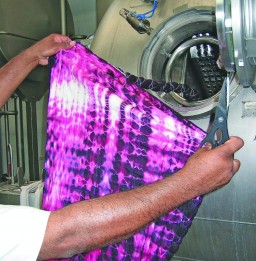
Sharing their method of producing tie & dye prints, Tajendra Chadha, Owner, JV Digital Printer, manufacturer of garments, made-ups, accessories and providers of digital printing services informs, “We have created artworks digitally where water colour effect similar to the tie & dye technique form the background of the print and then floral or line elements are added on the top. Besides enabling easy reproduction of such effects, digital printing provides an added advantage of layering the prints.” Achieving the effect through rotary printing, Mahavir Kankariya, Director, Kankariya Textile Industries, provider of rotary and digital printing services adds, “Rotary printing has grown to become a very important and popular printing method. With state-ofthe-art machines available, we are able to mimic effects similar to tie & dye, which was earlier possible only through digital or manual dyeing.” One of the shortcomings of rotary printing is that it cannot be used to print smaller motifs and this is exactly what digital printing does with perfection.
Machinery for traditional Tie & Dye Effect

In the tie & dye process, fabric preparation through handtying is the most important and time consuming process as the quality and creativity of tie & dye effect depends on it. A Germany-based specialized dyeing machinery manufacturer, Classen-TM, has overcome this hurdle and mechanized the unique handtying process with its TDP-SR/DR machines. The machine prepares the fabric to be tied & dyed and gives an unlimited opportunity to create a range of tie-dye and/or batik effects on woven and knitted fabrics like polyester and micro-viscose, cotton, nylon and blends with Lycra. With this machine, fabric is tied in a rope form together by 1-4 yarn ends. The machine can do not only S or Z windings, but can also do S and Z at the same time (cross and crisscross windings). The number of windings per metre, tension of the yarn ends, distance between the windings and also the winding angle can be adjusted using frequency converters.The winding process has a speed of 480 to 600 m/hour in a single rope system and that of 1200 m/h in a double rope system.
The dyeing effects are influenced by the tension used to wind the fabric, the distance between the windings and the number of yarn ends used to tie the rope. With the tie & dye preparation machine the dyer can use its standard dyeing machine where only dyeing process, dyes and auxiliaries have to be chosen. Once dyed, the fabric can be unwounded from its rope form using another Classen-TM offering – the Unwinder UW. It takes off one, two or four yarn ends. The normal winding structure is with one or two yarn ends in crisscross direction (2 x Z and 2 x S winding direction). The unwinding machine winds the yarn on bobbins, which can be changed easily. Regular and irregular winded ropes both can be treated on this machine. Interestingly enough, these machines have been installed in Italy, Brazil, Mexico and UK, but none in India – the place indigenous to the craft.

